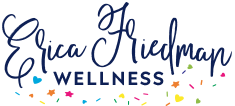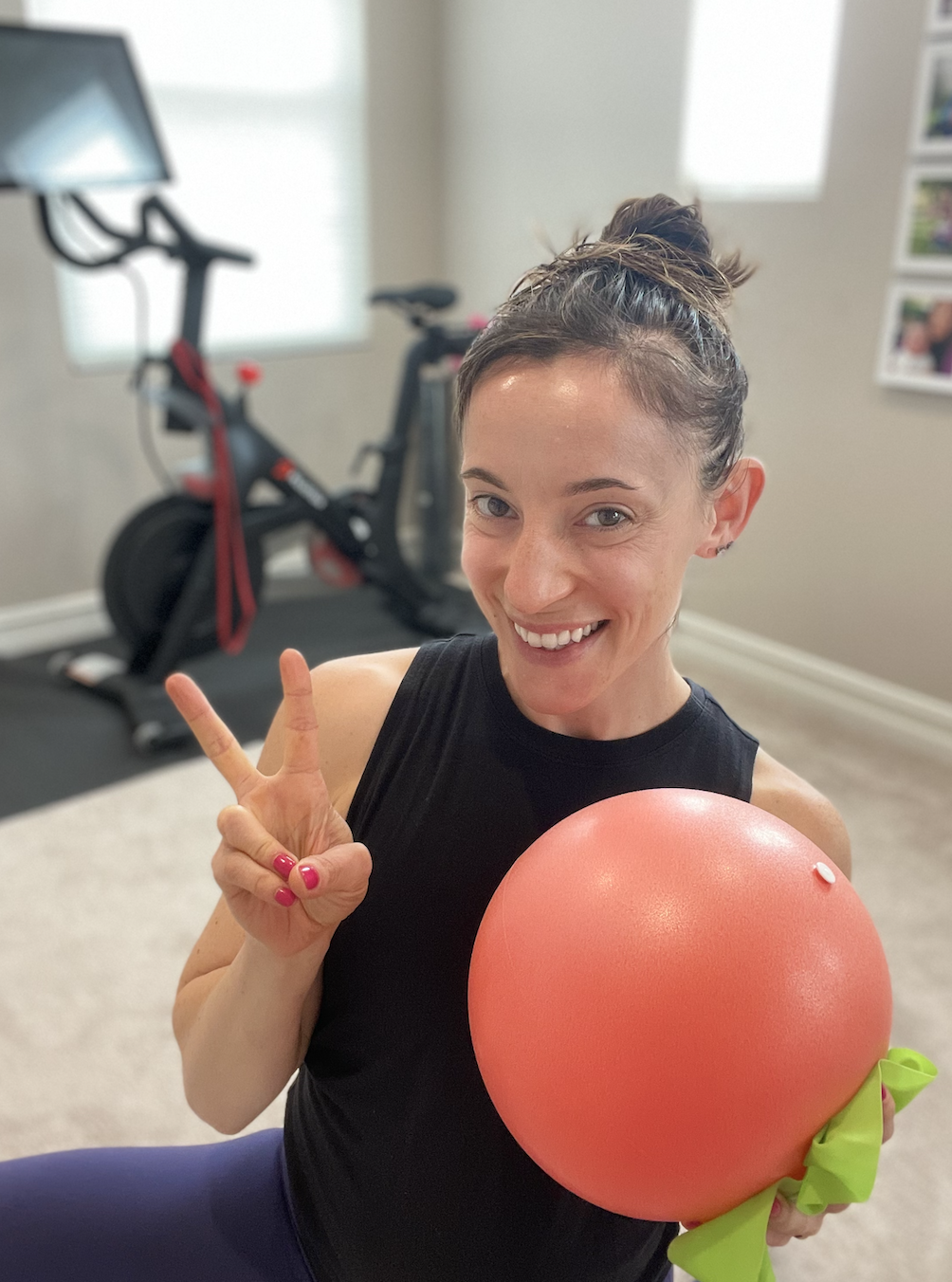Core Exercises after Baby
"Where should I begin with exercise and core work after baby is born?"
Early Postpartum Exercise
When returning to movement postpartum the first place to truly start is off your feet. Rest, ask for help, and take a moment to acknowledge and appreciate what your body has just done - birth a human! Taking time off your feet in a reclined or supine (on your back) position is a great place to start.
Early Postpartum Movement
When you feel ready to introduce some movement, the focus is mainly on:
Deep breathing + core/pelvic floor function
Mobility to combat postural changes from pregnancy and holding a newborn
The goal isn't to tire you out, but rather leave you feeling refreshed and better than when you started. Many movements can also be completed seated or in bed.
Diaphragmatic Breathing:
Reintroduce deep breathing to begin the process of reconnecting with the core. Lying in bed / on your back or side lying are great places to start. If you do breath work seated I recommend a bit of back support.
Side lying breathing example:
Start by supporting your head and abdominals with a folded towel or pillow. Curl into a ball to allow breath to travel into your back a bit more. I love placing one hand on my ribcage to feel for the expansion laterally with the inhale breath. During pregnancy you may find your ribs feel a bit "sticky," so this movement may feel challenging at first.
Inhale: feel breath travel down and out, pelvic floor gently expands.
Exhale: A great opportunity to start connecting with the abdominals. Exhale, feel a gentle lift up and in of the pelvic floor. Ribs come in and down as the lower abdominals gently engage.
Gentle mobility:
Reintroducing movement that supports the postpartum healing process. Supine based mobility exercises, such as snow angels, chest openers, and thoracic mobility may feel good.
Cat / Cow + Thoracic Cat/Cow
Snow Angels
**Option to prop head up.
Hip Flexor Stretch (supine)
Level 1 Core Exercises
Level 1 Core Exercises are all about mastering the foundation. While these movements may seem a bit boring, they can be quite difficult postpartum.
Goals with early Postpartum Core Movements:
Connect Breath with Pelvic Movement
Connect with lower abdominals
Find and connect with the Glutes
Add challenge by taking limbs away from the body with limited pelvic movement (hips shifting or dropping)
Adding a bit of challenge by connecting with the adductors (inner thighs) and deep core via "squeezing" a pilates ball. This squeeze increases demand. These movements are crazy hard early postpartum. But, working these foundational movements and building the connection will really serve you long term!
Through these movements, focus on the lift of your pelvic floor as you start your exhale and feel a gentle wrapping of your deep abdominals. I like to imagine my hip bones drawing towards one another. Gentle inhales and exhales to get the diaphragm and pelvic floor talking.
1. Pelvic Tilts: Subtle movement, but important to have that control and understand the movement of your pelvis.
2. Heel Slides: The friction from the heel drag, can help fire up those low abs, which can be the hardest part to connect with. Added challenge - alternate arms.
3. Bridges: One of my favorites to connect with the Glutes
4. Knee Fall Outs: A bit of anti-rotation. The goal is to keep the hips grounded and square, watching that weight of the knee doesn't drag you to the side.
5. Supine Ball Squeezes: Adductors! Strengthening these bad boys helps add stability back to the core system.
6. Side lying ball push: Great to help feel the deep core connection in a supported position. Can also experiment with the ball in your hands.
7. Tall Kneeling Squats: Because getting up and down off the ground is inevitable with a baby. Squatting will help maintain good mobility and movement through the pelvis, and this variation may be a good intro to a full squat.
These may seem pretty basic, but they are great early movements and can be quite challenging early postpartum.
Level 2 Core Exercises
When you're ready to progress and add a bit more challenge to your postpartum core work, below are some of my favorites. I recommend incorporating these types of movements along with a full body strength program. Pelvic Floor strengthening = full body strengthening and our core supports us / our spine through everything we do 😉 More on progressions with those movements here.
A few things you've mastered before progressing:
Connecting with your pelvic floor and finding a neutral spine
360 breathing pattern
Learn how to relax and contract your pelvic floor (a Pelvic Floor PT can help)
Connect breath with movement
Connect with the lower abdominals / TVA
Similarly to Level 1, focus on the lift of your pelvic floor as you start your exhale and feel a gentle wrapping of your deep abdominals.The pilates ball is a great tool to help connect with the deep core while doing a task. Rewriting the brain for muti-tasking. Tune in to ensure you are not bearing down when you push, but rather lifting when you press into the ball.
1. 90/90 Breathing: begin experimenting with breath in different positions like 90/90
2. Bridge with Ball squeeze
3. Marches - option to squeeze ball at same time
4. Supine Band Pull Apart OR Overhead band hold with Bridge - start training the ribs down position
5. Supported Side Plank with Pilates Ball
6. Quadruped Rock backs with Yoga Block - can advance to quadruped ball push - Start experimenting in quadruped (on all fours) position. This in itself is very challenging. Also a great starting point for a hinge and squat.
There are SO many exercises we can do, but these are a few of my favorites. I integrate these (and others) in programming with postpartum clients.
Level 3 Core Exercises
You've made it to Level 3. Now we start upping the demand and building on the foundation we've already established in Level 1 and Level 2. In Level 2 we started introducing compound movements and focused on:
Feeling how the adductors (inner thighs) connect with the pelvic floor and abdominals. I like to think of the adductors like anchors to the pelvis! The act of "squeezing" a ball is going to help connect with the deep core and train our brain to do more tasks.
Learn to engage the core with additional demand
Introduce the quadruped (on all fours) position
Experiment with breath in different positions. In 90/90 we found our hamstrings!
Train a ribs down position and connect with the booty
Kicking it up a notch we will continue to progress quadruped, which adds the element of gravity to our core work. We can also start to experiment with standing
.1. Core Connection Breaths: 90/90 position, Hands and Knees, or Seated.
2. Heel Taps - option to squeeze the pilates ball. This is a progression from a march starting with the legs up in a table top position.
3. Bird Dog progressions - starting first with opposite arm / leg lift. I also like to incorporate quadruped ball pushes here for that extra push back/feedback to kick on the deep core and build the awareness.
4. Standing or Seated Band Pull Apart: upper body + deep abdominals. You can experiment in standing or seated.
5. Half Kneeling Pallof Press: I like to start introducing the Pallof Press around Level 3 / 4. Anti-rotation work is crazy important as a mom. We do a lot of one-sided movement. So, anti-rotation is going to train you to keep the hips even/square under load.
6. Walk Plank (optional): play around with foot positioning. A more upright position is more protective of the core. Slowly work your way down over time.
The exercises above are just some examples of the movements I do with postpartum clients in conjunction with whole body movement: squats, hinges, pushes, pulls, etc. You can grab my FREE Early Postpartum Guide to learn more about exercise in the first 6 weeks postpartum, and where to go from there and BUILD <3
Looking for more progressions, or strategies for completing the exercises above? Message me anytime or schedule a free 15 minute consult call and let's chat!
xoxo,
Erica


